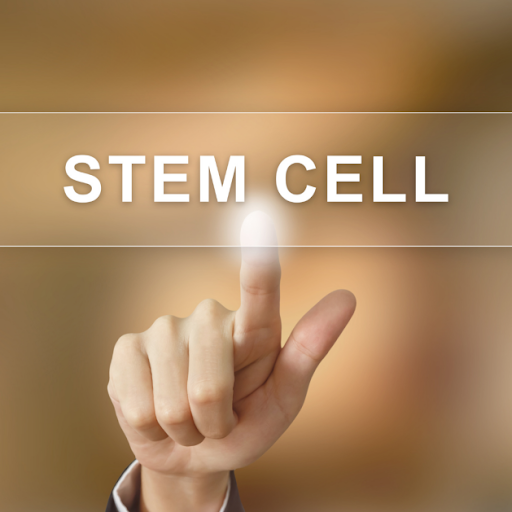Here’s an overview of what you need to know about stem cells, stem cell therapy, stem cell research and stem cell treatment.

What Are Stem Cells?
Cells, as we all know, are the fundamental functional and hereditary unit of life. Humans are multicellular animals, with literally trillions of cells working around the clock to keep us functional in everything we do, including locomotion, all involuntary movements, and reproduction. These cells are highly tissue specific, meaning that they are only responsible for the function of the tissue from which they originate, such as how heart cells are responsible for beating or pumping heart muscles.
However, scientists recently discovered an intriguing fact: all of these cells originate or ‘stem’ from simpler, non-specialized cells. This is why they are referred to as “stem cells.”
Is Stem Cell Therapy Safe?
Stem cell therapy is a safe and effective treatment option for various conditions such as autoimmune conditions, diabetes, heart disease, spinal cord injuries, and degenerative neurological disorders. In addition, we know of no cases, nor of any cases documented in medical literature of any serious complications or harm from stem cell therapy.
Certainly, any invasive procedure will carry a very small risk of complication, such as infection. While the harvesting of stem cells from bone marrow or adipose tissue, and the reintroduction of stem cells into its final destination introduces minor risks, we adhere to the strictest protocols of safety and sterility.
What Are The Side Affects Of Stem Cells?
The following are common short-term side effects of stem cell therapy:
- Pain or discomfort at the injection site
- Swelling
- Bruising
- Redness
- Numbness
- Tingling
- Infection
How Do Stem Cells Help In Wellness And Healthy Ageing?
Ageing is a natural process when the number of cells dying each day starts to outweigh the new cells being created to replace the former. Stem cells dwindle with age and therefore the effects of ageing are really the effects of reduced stem cells. However, stem cells are also reduced due to diseases, illness, and environmental factors such as pollution, smoking, heavy drinking, lack of exercise and stress. Stem cells help to provide new cells by replacing the aged, damaged and dying ones every day.
Source Of Stem Cell
A newborn baby’s umbilical cord is rich in stem cells. Normally the cords are thrown away after the delivery. Umbilical cord blood has been shown to be therapeutically useful for rescuing patients with bone marrow-related deficits and inborn errors of metabolism. Umbilical cord blood offers advantages over bone marrow because cord blood does not require perfect human leukocyte antigen (HLA) tissue matching, has less incidence of graft vs. host disease, and may be used allogenically.
What Is The Recovery Period From A Stem Cell Therapy?
The recovery period is somewhere between (5 -7 days). In most cases, you will be up and participating in normal activities within 24 hours. There may be a small amount of discomfort at the stem cell donor site, as well as the target site for a few days after the procedure. You may also however, experience transient fever and tiredness.
Clients are encouraged to contact Glojas directly for a free initial consultation. Our experienced consultants will gladly provide assistance and advice on how to approach your specific challenge.